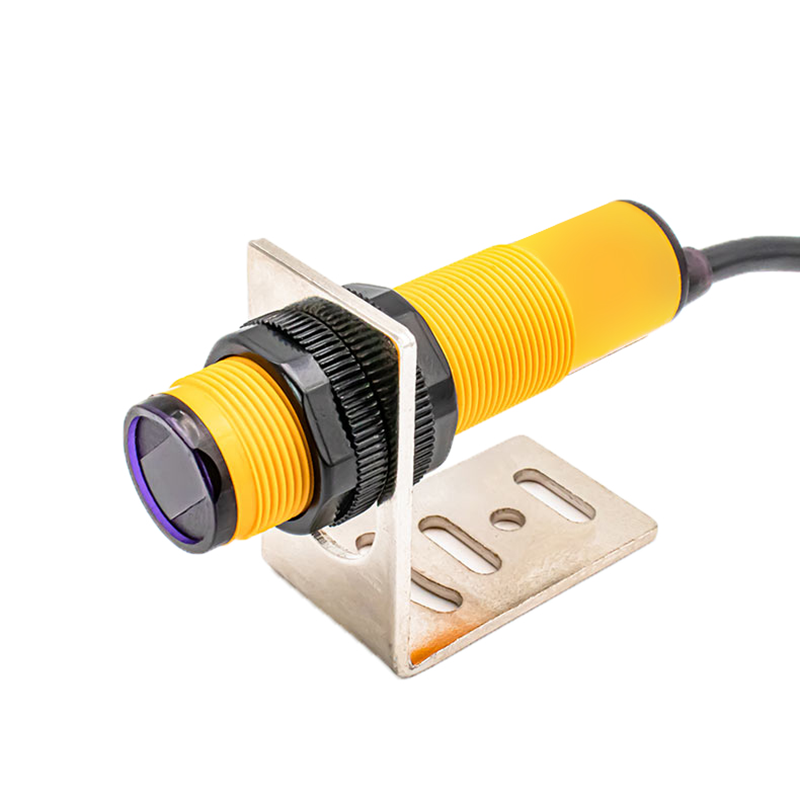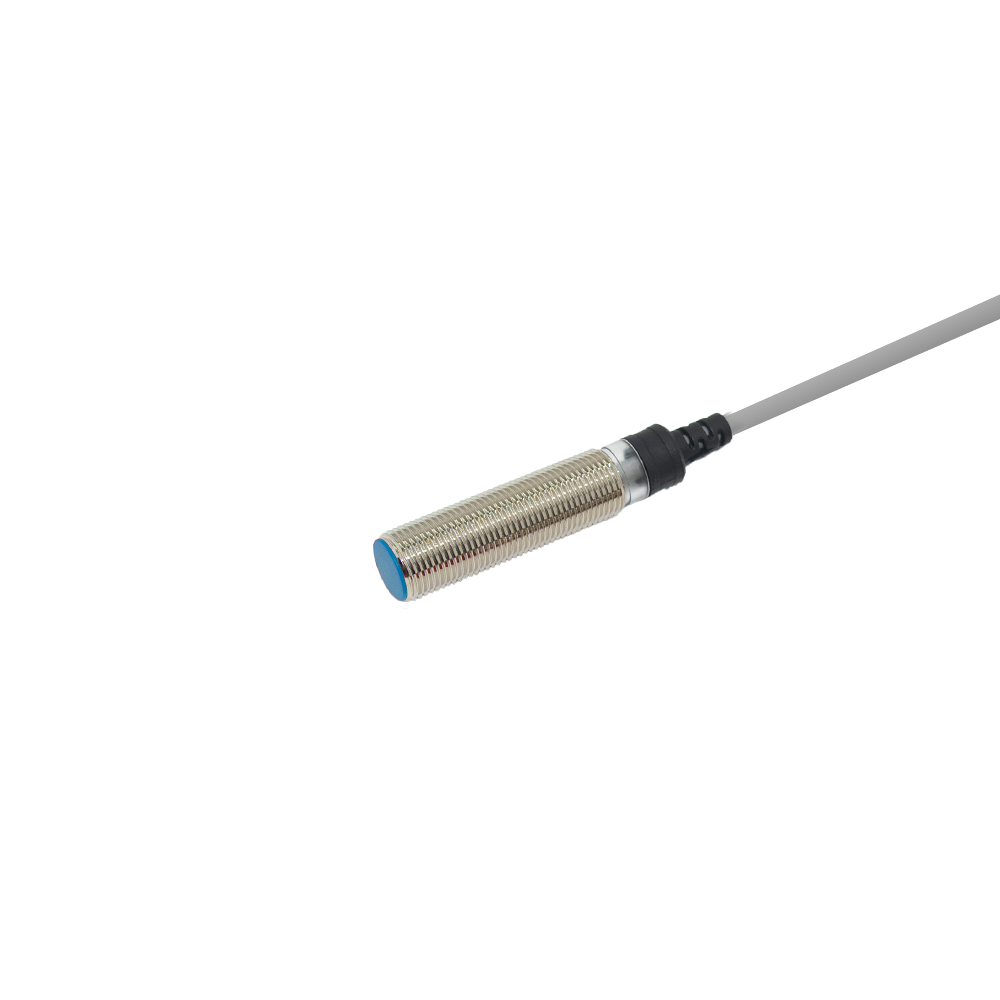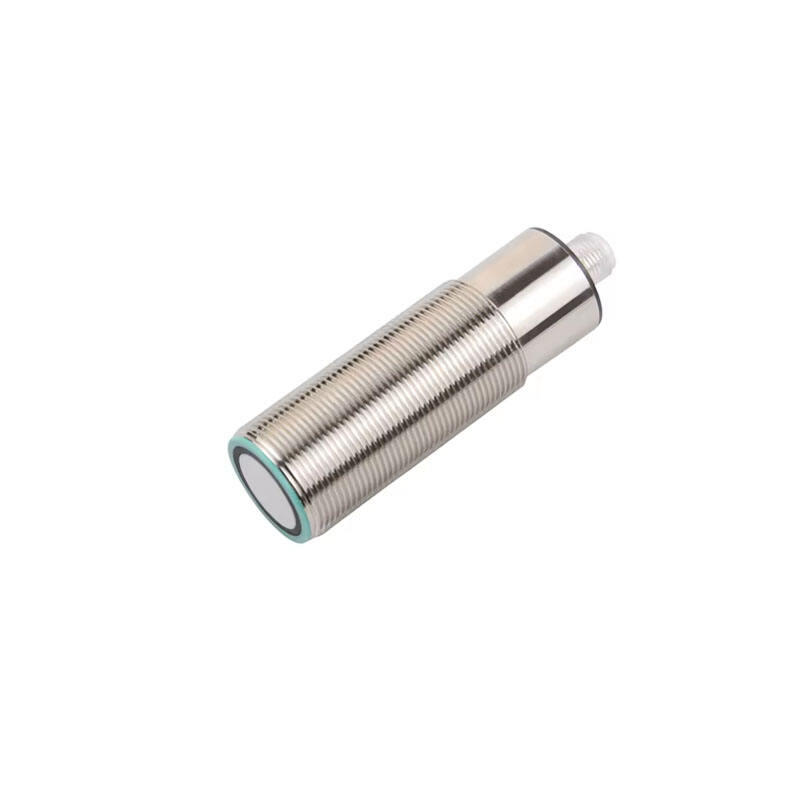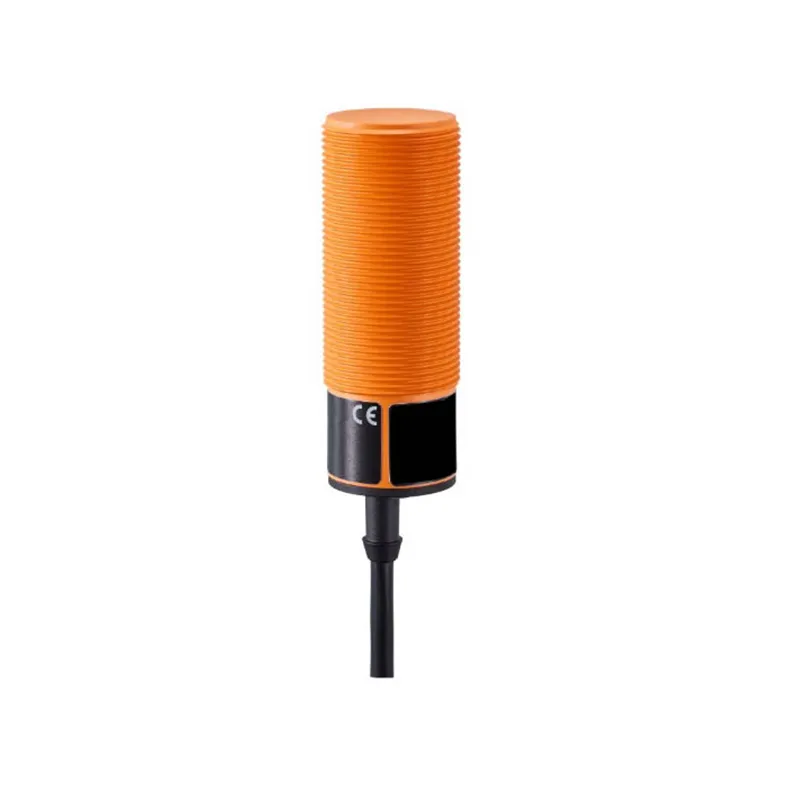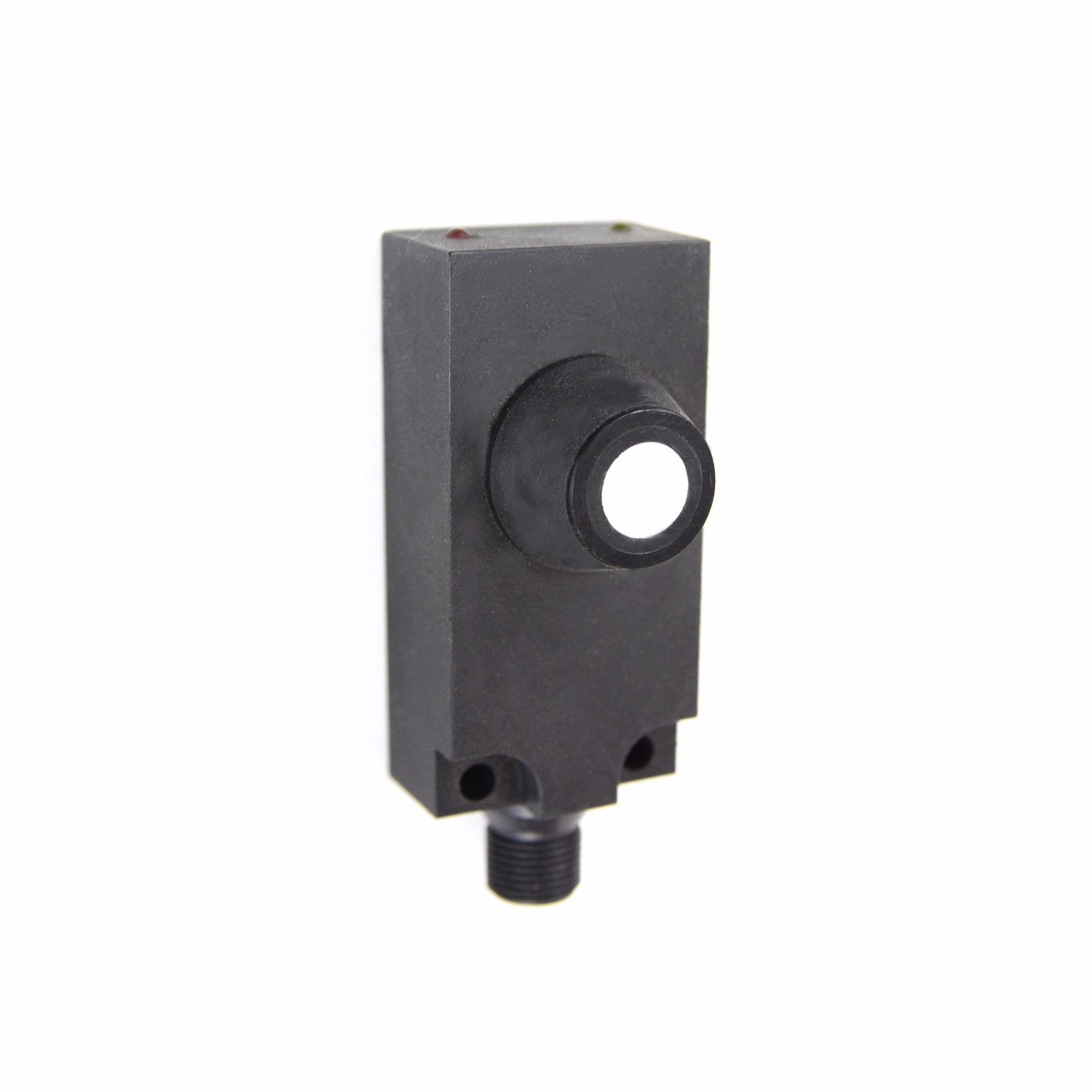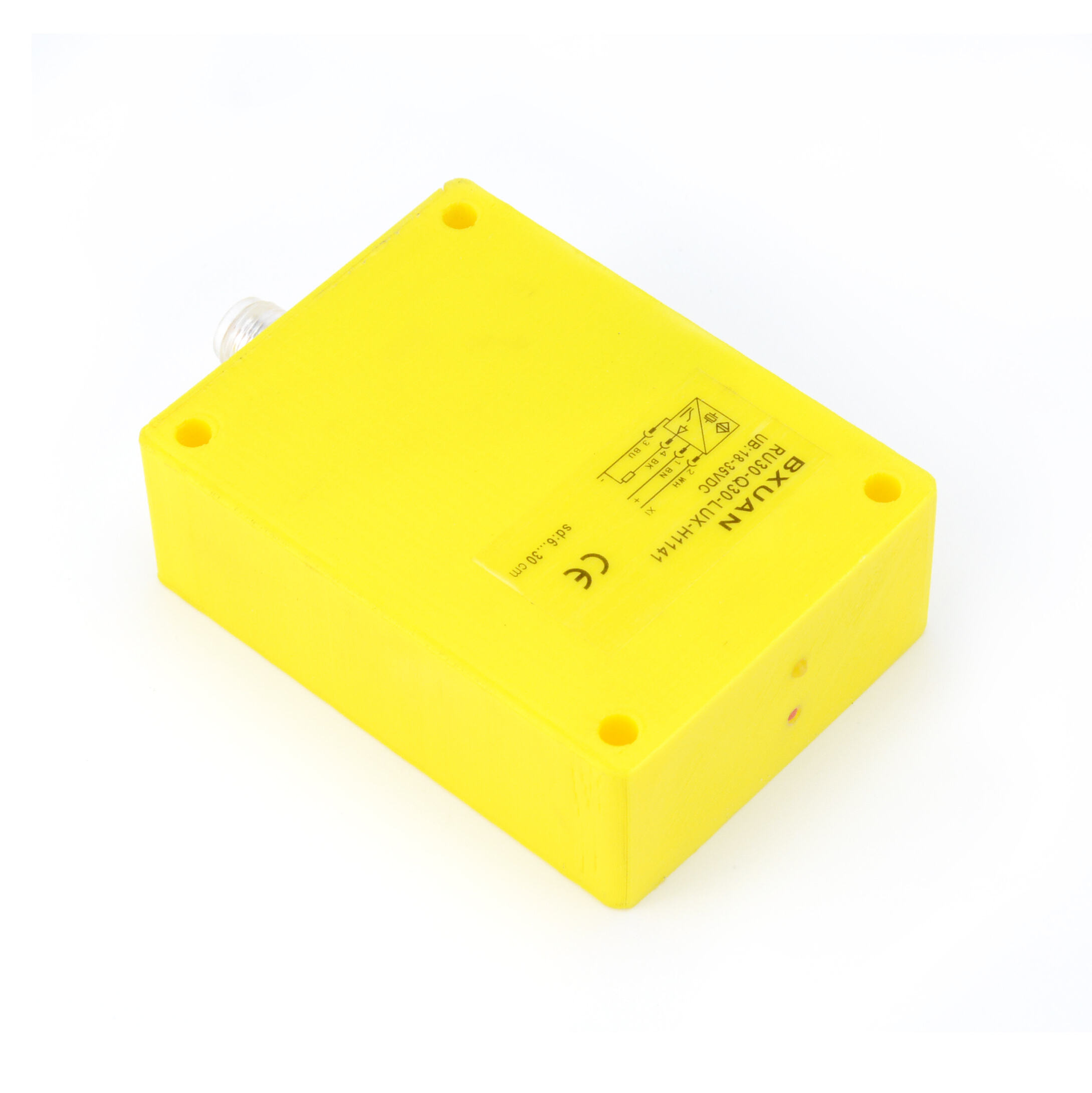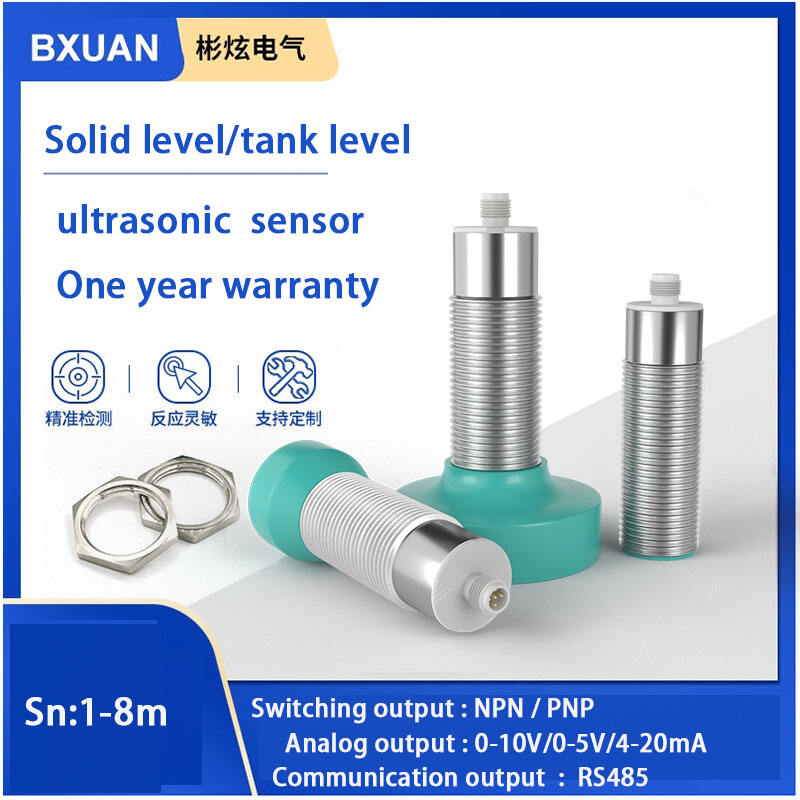non contact proximity sensor
A non contact proximity sensor represents a sophisticated detection device that operates without physical contact with the target object. These sensors employ various technologies, including electromagnetic fields, infrared radiation, or ultrasonic waves, to detect the presence or absence of objects within their sensing range. The sensor emits a field or beam and monitors changes in the return signal when an object enters its detection zone. Operating with remarkable precision, these sensors can detect objects from distances ranging from a few millimeters to several meters, depending on the specific model and technology used. They excel in industrial automation, manufacturing processes, and security systems, where reliable object detection is crucial. The sensor's ability to function without physical contact makes it particularly valuable in environments where traditional contact-based sensing methods might be impractical or potentially damaging. These devices can operate continuously in harsh conditions, including extreme temperatures, high humidity, or dusty environments, making them ideal for challenging industrial applications. The technology incorporates advanced circuitry that ensures accurate detection while minimizing false triggers, providing reliable operation in various applications from assembly line monitoring to vehicle detection systems.

